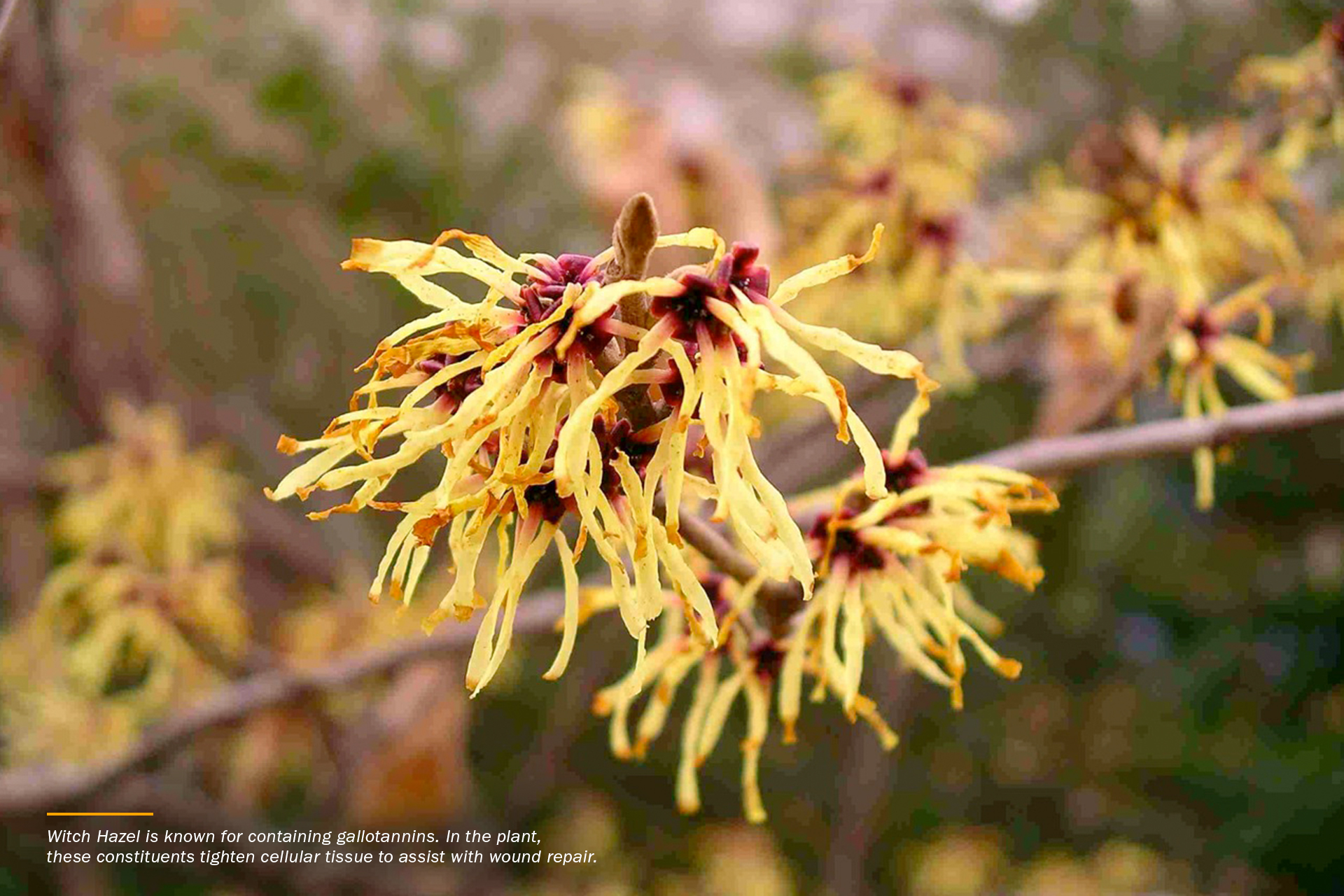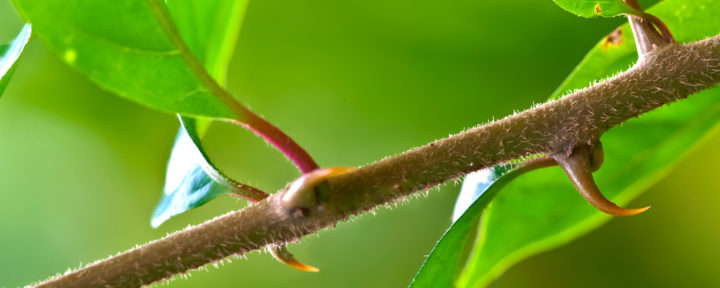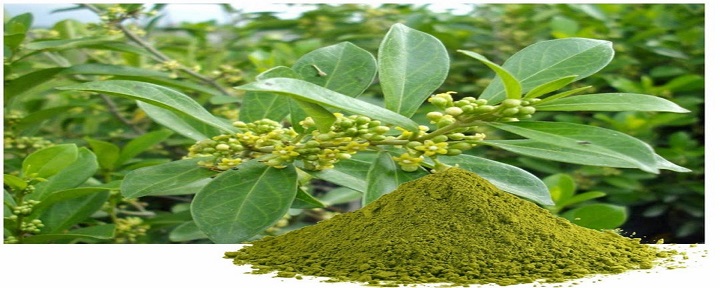When most people talk about plants, we often discuss what they do for us — including their roles in herbalism, nutrition and more. We might think, for example, about how an oak tree drops acorns in our yard each fall, or how it shades our home in summer. We might consider how Echinacea (Echinacea purpurea) can support the immune system, or how a tomato tastes when we put it in a salad.*
But plants don’t exist to serve humans. They have their own not-so-secret lives, and sometimes what draws us to a plant is an important function that’s crucial to their survival and well-being. This blog post will discuss some of the compounds in plants that serve the plant as well as us.
By now, you may have learned about phytochemicals, one of the terms in our herbal glossary. (You may also have learned about plant immune systems from our recent blog post.) “Phyto-” means “plant,” and “phytochemicals” are chemicals produced by plants.
Primary and secondary metabolites
When we extract phytochemicals from an herb, we work to maintain their balance as they exist in the plant. These chemical compounds or constituents are formed by a plant’s normal metabolic processes. Phytochemicals are often referred to as primary or secondary metabolites, depending on their purpose in the plant.
Primary metabolites are compounds in a plant that are necessary for normal growth and development. They include nutrients like amino acids (the building blocks of protein), lipids (fats), carbohydrates and fiber (cellulose), as well as nucleic acids (DNA and RNA). Fatty oils, waxes and starches are also primary metabolites.
Secondary metabolites are the compounds in a plant that are needed for survival but don’t impact growth and development. They are generally considered the active components that make herbs desirable to herbalists. However, that’s not why plants produce them. Releasing these compounds is an evolutionary development to dissuade predators.
Plants release secondary metabolites for a few other reasons:
- to fight off infections, like needle blight on evergreen trees or rust on Garlic (Allium sativum) plants.
- to fight off competing plants, called allelopathy, like how no other plants grow under Cedar (Thuja occidentalis) or Black Walnut (Juglans nigra) trees.
- to warn the other nearby plants when they are under attack, such as when a hornworm gnaws on your Green Zebras or a deer snacks on your Zinnias.
- to attract pollinators with scent or colors for seed dispersal.
When we ingest those secondary metabolites, they affect our cells and body systems, offering the support and properties associated with a particular plant.
Certain groups of those secondary metabolites serve specific purposes as reported in scientific literature:
- Alkaloids deter predators because of the bitter taste they produce when fed on, like berberine in Goldenseal (Hydrastis canadensis).
- Flavonoids serve as UV protectors to the plant surface and antioxidants to remove free radicals, like epigallocatechin gallate (EGCG) in Green Tea (Camellia sinensis).
- Resins are secreted to help “plug” up wounds in the plant epidermis, like oleo-gum-resins or “tears” from Boswellia (Boswellia serrata).
- Tannins tighten cellular tissue within the plant, helping with structure and to repair wounds, like gallotannins in Witch Hazel (Hamamelis virginiana).
- Terpenes, among other roles, attract pollinators with certain scents and colors specific to pollinator to ultimately aid in seed dispersal, like nepetalactone in Catnip (Nepeta cataria).
Those are some of the very phytochemicals we extract from herbs. They exist to keep plants strong and healthy, boosting their chances of survival. And they’re what we seek to extract when we process herbs.
So, the next time you take an extract or gaze at your favorite garden bed, pause to consider all the secondary metabolites that plant contains!
References
Hadacek F. Secondary Metabolites as Plant Traits: Current Assessment and Future Perspectives. Critical Reviews in Plant Sciences. 21: 4, 273-322, 2002.
Kennedy D, Wightman E. Herbal Extracts and Phytochemicals: Plant Secondary Metabolites and the Enhancement of Human Brain Function. Adv. Nutr. 2: 32–50, 2011.





